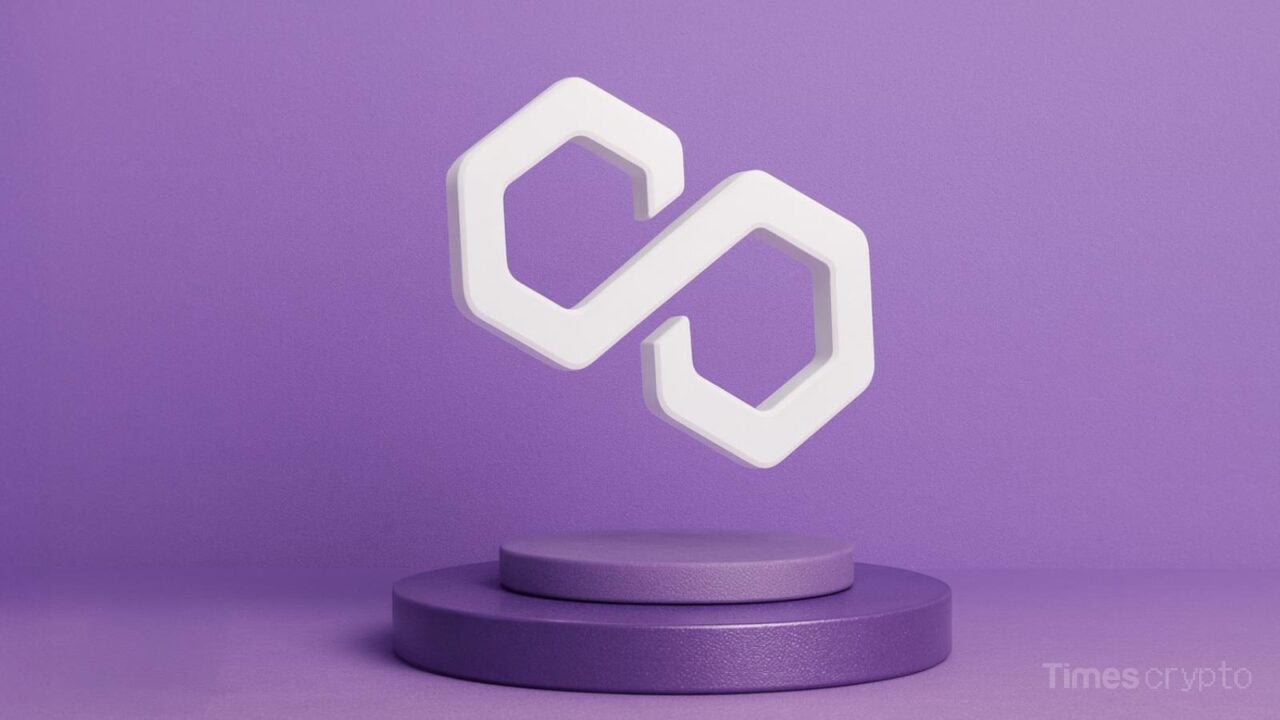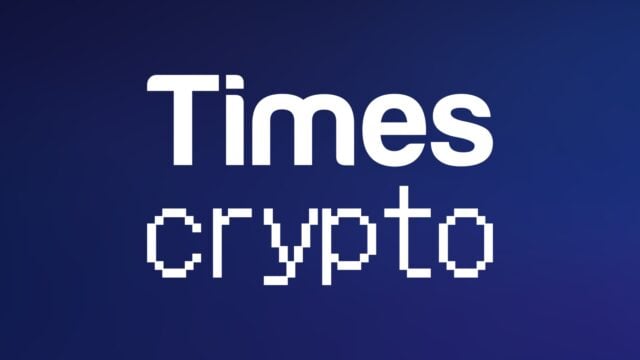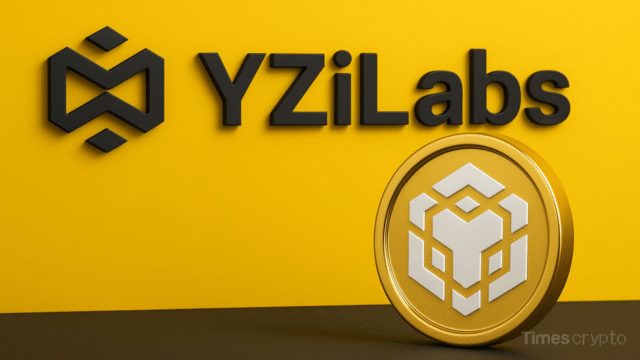Key Takeaways
- The Polygon Rio upgrade is live on mainnet, introducing a new block production model [Validator-Elected Block Producer (VEBloP)], enabling 5K transactions per second (TPS) with near-instant finality.
- Chain reorganizations (reorgs) have been eliminated entirely, solving a major developer and user experience complaint.
- The addition of lightweight nodes through stateless validation significantly reduces participation barriers for validators and payment providers.
Table of Contents
The Transformation of the Polygon Network with a Payments-Focused Outcome
Polygon has deployed its transformative Polygon Rio upgrade onto the mainnet, signifying the largest change to the network to date. This payments-focused hardfork radically modifies Polygon’s core infrastructure to create a faster, more reliable blockchain specifically for global payments and real-world assets (RWA) transactions.

The Rio hardfork marks an important transition in Polygon’s evolution from a general-purpose scaling solution to a specialized payments rail capable of competing with traditional financial networks.
Read also: Polygon CDK Integrates OP Stack to Unify Ethereum L2 Ecosystem
Key Technical Improvements
The Polygon Rio upgrade provides significant improvements as a result of core in sync innovations:
- Validator-Elected Block Producer (VEBloP): This new consensus mechanism that elects a small group of validators (pools) to produce blocks for longer periods of time (spans), increasing efficiency and enabling the network to process around 5,000 transactions per second (TPS)
- Stateless Validation: Nodes can now verify blocks without storing the entire state of the blockchain, drastically lowering hardware requirements and cost for participation
- Reorg Elimination: VEBloP combined with stateless validation ensures transactions achieve near-instant finality without risk of chain reorganizations
- Fair Reward Distribution: Transaction fees and maximal extractable value (MEV) revenue are now redistributed among block proposers and the wider validator set to create incentives for all participants
- Improved Reliability: Designated backup producers immediately step in if elected producers falter, ensuring continuous block production without interruptions

Read also: Mantle Network Becomes World’s Largest ZK Rollup After Major Succinct Upgrade – MNT Surged 15%
Positioning for the Payments Revolution
The Polygon Rio upgrade represents a strategic switch towards taking on the rapidly growing payments and RWA markets. The elimination of several technical constraints that blockchain transactions have faced, such as reorgs and transaction throughput limits, Polygon now offers enterprises and fintech firms a blockchain solution that mixtures enterprise-grade security and reliability with Web3 innovation.
This upgrade solidifies Polygon’s position in its GigaGas roadmap while providing the necessary infrastructure to support global stablecoin payments, cross-border transactions, and tokenized asset transfers at scale.
FAQs
What problem does the Polygon Rio upgrade solve?
It eliminates chain reorganizations that previously caused transaction uncertainties and enables much higher throughput, specifically optimized for payments.
How does the Polygon Rio upgrade benefit validators?
Validators can now run lightweight nodes with lower hardware requirements while still earning fair rewards through the updated economic model.
When will the 5,000 TPS be available?
The network will gradually scale to around 5,000 TPS following the Rio upgrade, with the architectural foundation now in place.
For more important blockchain upgrades, read: VeChain Hayabusa Upgrade: DPoS Shift and Tokenomiks Audit Set for December







